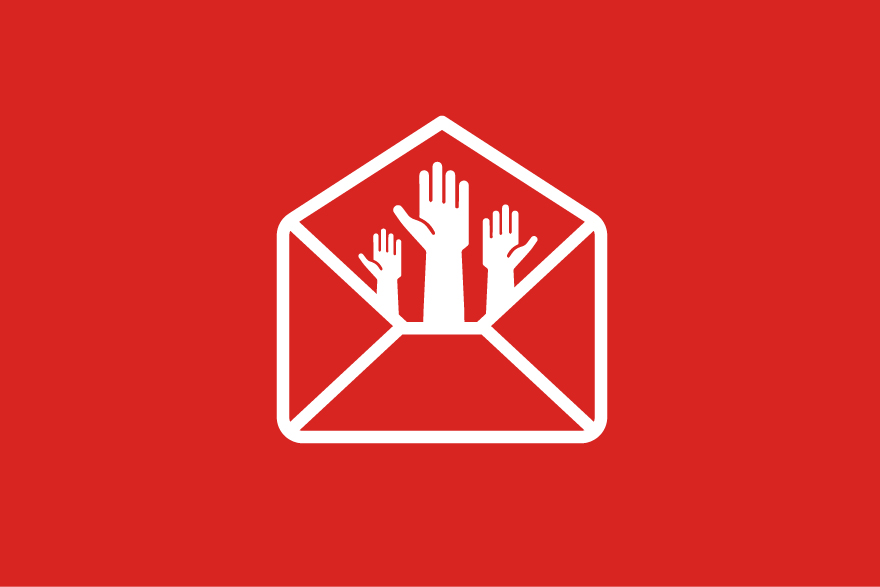
Three Rate Cuts in 24 Hours Show Europe’s Tariff Challenges
(Bloomberg) — Three interest-rate cuts in just over 24 hours by central banks in Europe highlighted a shift as monetary officials seek to manage the fallout from Donald Trump’s unpredictable trade policies.
Central bankers in Switzerland and Sweden had suggested as recently as March that they were most likely done loosening, but the Swiss National Bank instead trimmed borrowing costs by 25 basis points on Thursday, following a similar move by Sweden’s Riksbank a day earlier.
Norway’s pivot, also on Thursday, was altogether more dramatic, with another quarter-point cut that none of the economists surveyed by Bloomberg predicted.
With policy decisions from at least 18 central banks managing more than 40% of the global economy scheduled for this week, the easing in parts of Europe contrasted with a wait-and-see approach predominating around the world.
The US Federal Reserve, Bank of Japan and Bank of England all held, as did policymakers from Pakistan to Turkey and Chile.
All that comes against the backdrop of a July 9 deadline that could see the US reintroduce punitive trade tariffs across the world. Combined with continued uncertainty over the war in Ukraine and a potential US strike on Iran, it’s left policymakers unwilling or unable to move.
What Bloomberg Economics Says…
“Differing tariff impacts and labor market conditions help explain why the BOE and Fed are slower to cut rates than others. Right now, the war in Iran is driving another wedge. In the shale-rich US, higher oil prices raise inflation without hitting GDP, making it harder for the Fed to ease. In oil-importing Europe, higher inflation is accompanied by weaker growth, making the decision to cut an easier one.”
—Jamie Rush, director of global economics. For more, click here
The reasons for the rate cuts in Sweden, Norway and Switzerland are all linked to inflation — even if the situations diverge.
Swiss consumer prices fell 0.1% from a year ago in May and new SNB forecasts published Thursday show inflation will average just 0.2% this year. That’s primarily due to the haven franc, which has appreciated against the dollar and euro since Trump took office.
Price pressure in Sweden has eased after a temporary spike at the start of the year and as a nascent rebound in the largest Nordic nation has fizzled out. That’s allowing space for more stimulus, Riksbank Governor Erik Thedeen said Wednesday.
The krona has been the best performer this year in the G-10 of major currency holders, surging 15% against the dollar, and also helping to reduce the risk of imported inflation.
In Norway, price growth has been stickier over the last year, partly due to a weaker performance of the krone.
Even so, a core measure of consumer-price growth last month matched this year’s lowest level — 2.8%. The Norwegian central bank now sees headline price growth next year at 2.2%, down from 2.7% seen in March, while this year’s inflation is still seen at 3%.
The three institutions are also at very different stages in their policy paths: Norway’s Thursday move is its first post-pandemic reduction in borrowing costs, while Sweden and Switzerland carried out their seventh and six moves respectively.
Uniting them, however, is the fact that they all may cut again.
Riksbank’s Thedeen and Norges Bank Governor Ida Wolden Bache both told reporters as much, while SNB President Martin Schlegel wouldn’t exclude such an option — even if that would push the Swiss rate into negative territory.
(Updates with Bloomberg economics after sixth paragraph)
©2025 Bloomberg L.P.


























